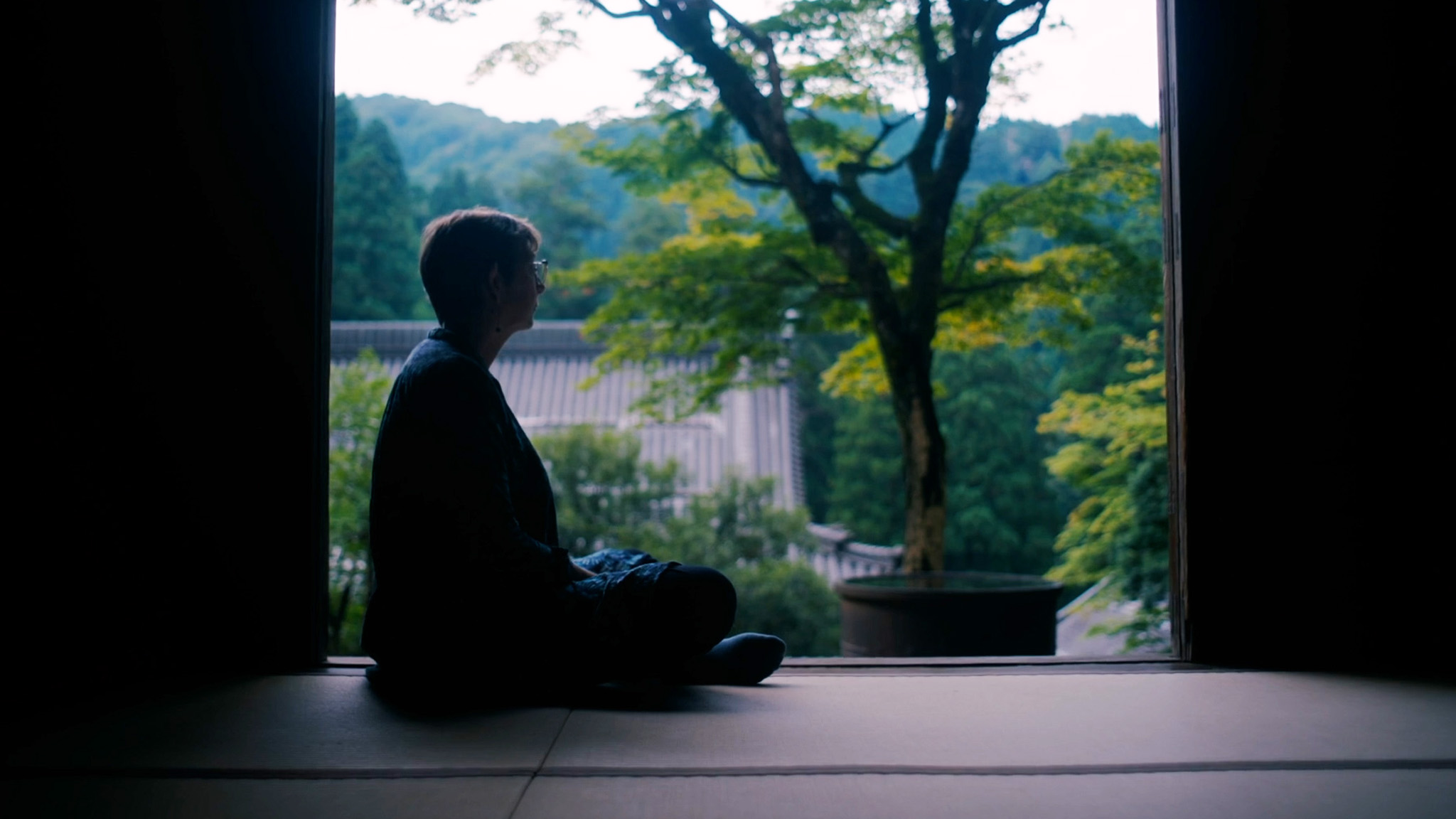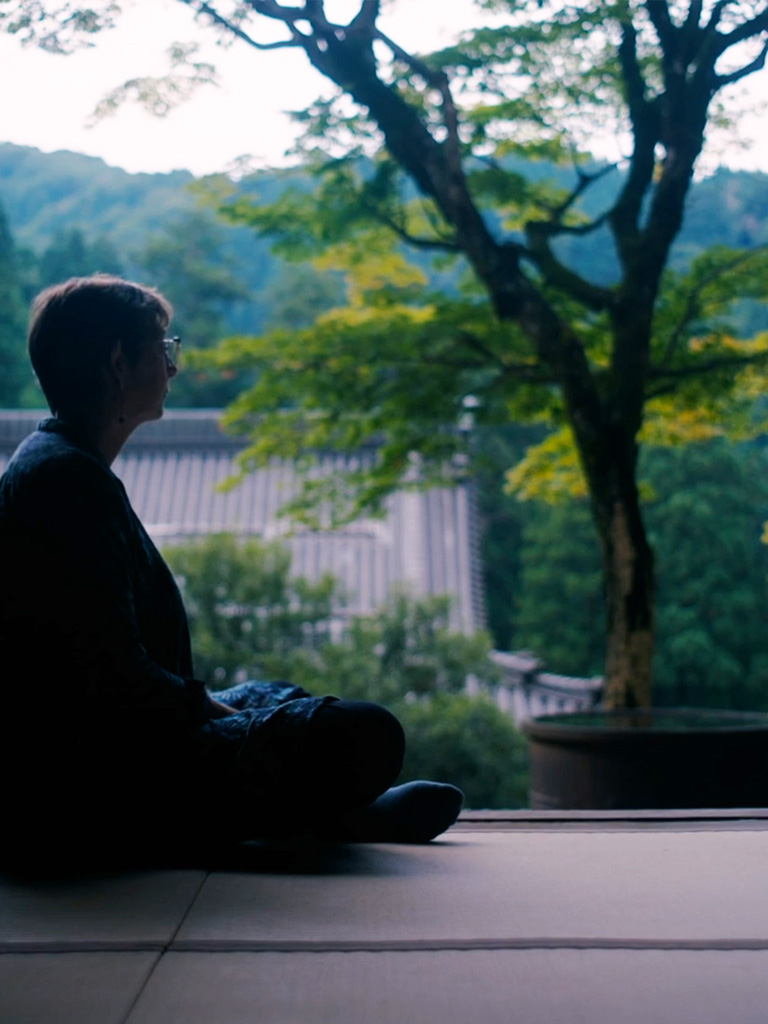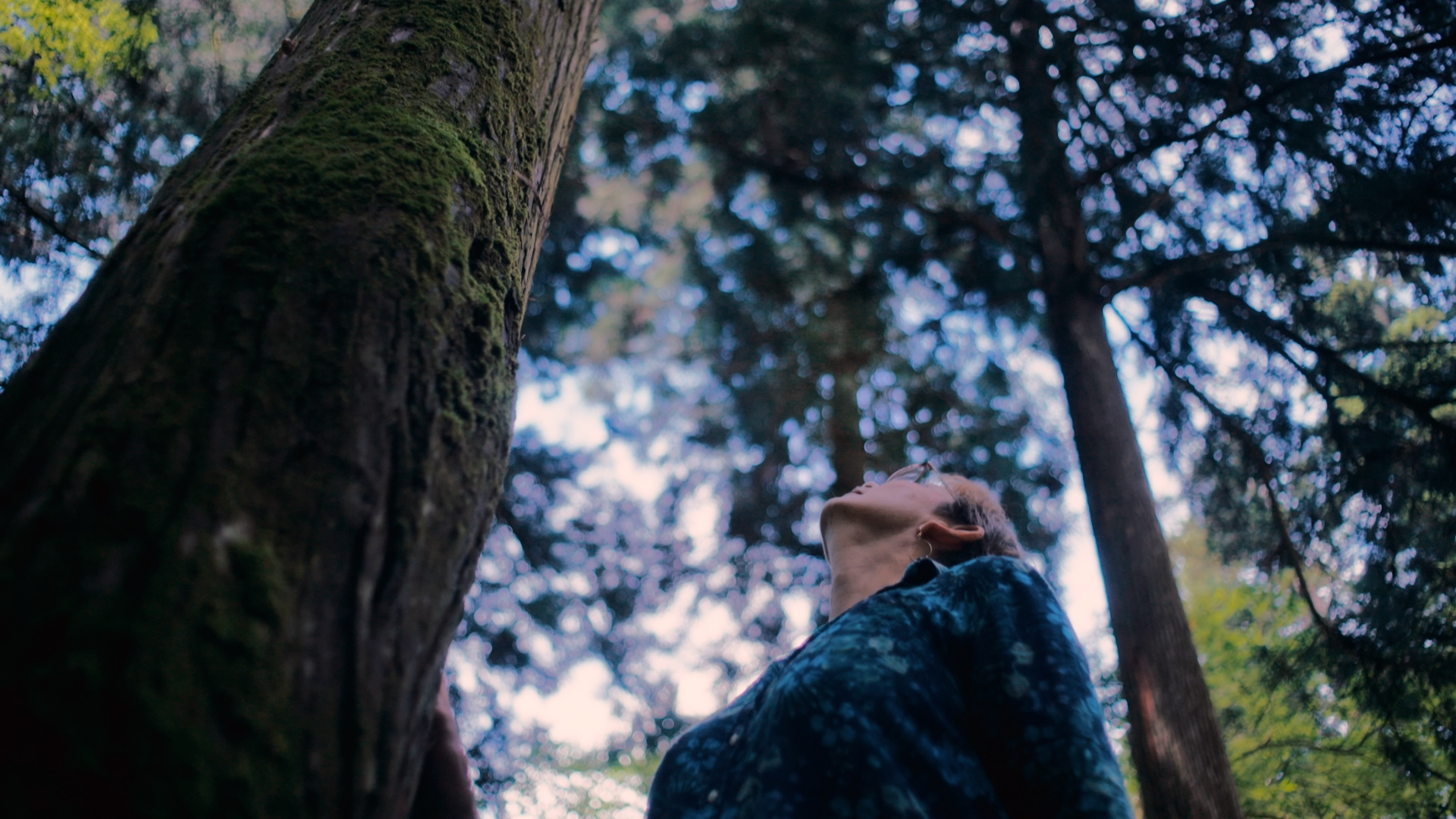

Resilience and Renewal:
Suzanne Ross and the Art of Sustainable Living in Japan
Follow an artist’s journey through adversity and her deep connection with traditional Japanese art, embodying the spirit of sustainable tourism in Ishikawa and Fukui.
When Suzanne Ross moved to Japan from the UK to study urushi—Japanese lacquerware painting—she faced a challenging learning environment. Her instructors adopted a hands-off teaching style, allowing students to learn through their mistakes. Although initially resistant to this method, Ross soon recognized its value. This trial-and-error approach taught her persistence and self-reliance, qualities essential for thriving in Japan’s traditional art world, especially as a foreigner.
Ross’s journey took a dramatic turn when the Noto Earthquake struck in January 2024, devastating her workshop in Ishikawa. The earthquake destroyed much of her work, materials, and tools. Despite this setback, Ross’s resilience shone through. She relocated to the neighboring city of Kanazawa, where she established a new workshop. Here, she continues her work, striving to rebuild not only her life but also the urushi community that faced challenges in the wake of the disaster.
Embracing Tradition in a Modern World
Ross’s fascination with urushi began when she encountered the art form at a London museum at the age of 19. “It was urushi’s soft, but deep and endless black space that caught my attention. I’d never seen a black like it,” reflects Ross. Captivated by the intricate beauty of Japanese lacquerware, she decided to move to Japan to pursue her passion. Over the years, she dedicated herself to learning under numerous urushi instructors and became an integral part of the urushi community.
Today, Ross fulfills several roles promoting urushi art—artist, lecturer, and tour guide—boosting the region’s cultural and economic vitality.
I know I can’t save all the arts, but I can try to help this one.
Suzanne Ross
Hokuriku is renowned for traditional crafts, vibrant local culture, and scenic coastal beauty along the Sea of Japan. This makes the region’s Ishikawa and Fukui prefectures ideal destinations for sustainable tourism, inviting visitors to experience ancient traditions, local cuisine, and stunning natural landscapes.
Exploring Ishikawa’s Rich Traditions
Ishikawa Prefecture is a treasure trove of cultural heritage and traditional arts, with key destinations highlighting the region’s deep connection to its history and crafts. One such location is Myoryuji Temple, also known as Ninjadera (Ninja) Temple, renowned for its hidden passages and labyrinthine corridors. Ross recommends this site for its unique architecture and intriguing history. “Just in case the feudal lord was attacked, they have all these secret staircases and sliding doors. It’s quite a fun place,” explains Ross.
Another key attraction is Nosaku a hub for urushi and Kaga maki-e—a lacquer decorating method using powders such as gold and silver. Here, visitors can learn about the intricate craft, try their hand at decorating items, and purchase unique pieces—including some of Ross’s works. Nosaku also offers a custom order service, allowing customers to commission bespoke Wajima lacquerware according to their personal requests.
Nearby, Kenrokuen Garden combines stunning views with a peaceful ambiance, catering to enthusiasts of traditional arts and nature alike. Celebrated as one of Japan’s finest, this strolling-style landscape masterpiece integrates spaciousness, seclusion, artifice, antiquity, water elements, and impressive vistas. Highlights include Kasumigaike Pond’s natural water fountain and the iconic Kotoji Toro Lantern, a defining feature of the garden with its unique two-legged design.
In Kanazawa City, the culinary scene is a testament to the region’s rich traditions. Kaga cuisine, rooted in Kanazawa’s cultural heritage, emphasizes seasonal ingredients and exquisite presentation in urushi lacquerware. Sushi is a highlight, renowned for its quality, alongside regional sake crafted from Kaga rice and pure mountain waters. Completing the culinary journey are traditional wagashi, seasonal sweets shaped with meticulous craftsmanship. “They’re works of art themselves,” notes Ross.
Discovering Fukui through Art and Serenity
Fukui Prefecture, known for its Zen atmosphere and washi-making traditions, offers visitors a rich artistic and spiritual experience. At the heart of this serene environment is Daihonzan Eiheiji, one of Sōtō Zen’s two head temples. Located deep in the mountains of Fukui Prefecture, it houses more than one hundred monks devoted to the practice of Zen. This tranquil retreat allows visitors to immerse themselves in Zen meditations, encouraging reflection and a deep connection with Japan’s spiritual heritage.
Another distinctive destination in Fukui is Echizen, where handmade washi is produced for numerous applications, including the town’s specialty of traditional Japanese sliding doors. Osada Washi, founded in Echizen in 1909, produces washi products for interior decoration. Visitors to the factory can explore the intricate process of crafting washi paper, experiencing its unique texture firsthand and witnessing the fusion of innovation with time-honored techniques.
Ideal for a relaxing getaway, Fukui Prefecture is famed for its natural hot springs, particularly along the Sea of Japan coast. According to Ross, “If you head towards Fukui, all along that coastline, there are lots of hot springs. Many of them overlook the sea or river or forest.” Awara Onsen, uncovered in 1883, is among these, featuring 74 distinct hot spring sources, each renowned for unique medicinal benefits.
Hokuriku offers an unparalleled experience for travelers seeking authenticity and sustainability. “The area’s traditional art supports an entire ecosystem of individuals—from the tree growers and tappers to toolmakers and carvers,” says Ross. As visitors enjoy the region’s local arts and cuisines, they make the most out of what the area has to offer. To help Ross in her efforts to safeguard Hokuriku’s traditional arts and its community members, individuals can make a donation here.
How to Get Here
With the extension of the Hokuriku Shinkansen high-speed railway to Fukui in March 2024, travel to Hokuriku from Tokyo is easier than ever. The single train ride from the capital takes about two and a half hours to Kanazawa Station and three hours to Fukui. Travelers from Osaka can board the Thunderbird Limited Express at Shin-Osaka Station, with travel times ranging from two to two and a half hours. These routes provide a convenient and scenic journey to explore Hokuriku’s cultural heritage and natural beauty.








